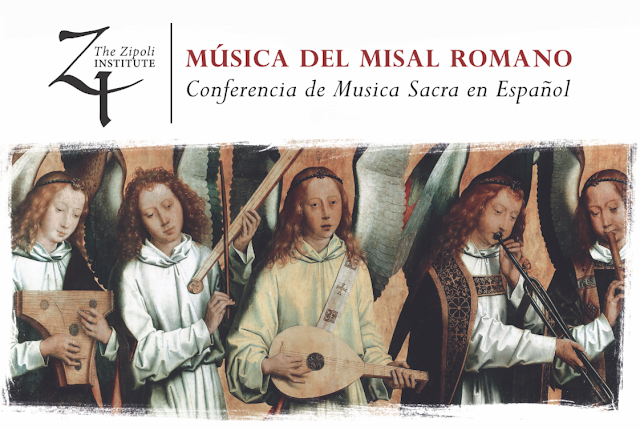Fr. Andrés Ayala, IVE has composed four beautiful hymns, newly published by the Domenico Zipoli Institute as of June 2020. These are designed for use during meditative moments, such as the four outdoor altars of Eucharistic Processions, the processions themselves, Benediction, or within the Sacred Liturgy of the Divine Office and Holy Mass.
There are four hymn tunes:
Cecilia
Anastasia
Victoria
Gloria
Three of the four hymns are comprised of multiple hymn tunes, to provide variety in the considerable strophic length.
Most importantly, these Sacred hymns are written in the mind of the Church, both Theologically, after the high model of St. Thomas Aquinas, and stylistically, after the supreme model of Gregorian chant.
Humble audio recordings are provided by the religious family of the Servidoras, the Sister Servants of the Lord and the Virgin of Matara.










